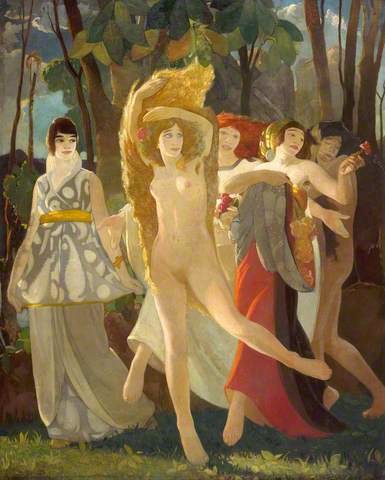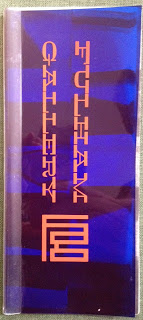
Letters written by artists are generally boring. Just read William Blake’s letters. Most of them concern business arrangements with printers and publishers. However, there are a few exceptions. The letters of Samuel Palmer, that great admirer of Blake, tell us so much about his mental state, his religiosity and politics. Those of James Smetham, the Victorian artist, are occasionally mystical and deranged. The unpublished letters of Britain’s favourite twentieth century artist, John Piper, many of which I have read, are also lively and sometimes controversial.
We could say something similar about the twenty-five letters of Jean Cocteau, that Anthony D’Offay had for sale in his Art and Literature catalogue back in the late 1960’s. The addressee was Madeleine Le Chevrel and most of the letters and postcards to her were written between 1912 and 1925. Cocteau had the rather eccentric habit of composing ‘in a curiously abbreviated style where one word suggests a sentence and a question mark a paragraph’. Thus: (1917) ; Diag. prolonge mon sejour…Rome est lourd, molle, morte, grosse et petite. Le souvenir decourage de vivre. Les soupe, les champagnes, les aphrodisiaques, le cacodilates du Vesuve menent la danse de cette Kermesse enorme ou les eglises, les cuisines et les bordels sont decore de la meme pacotille splendide. Les femmes sur les balcons se laissant tomber comme de bateaux entre les bras des marins…’
That strange word ‘ cacodilates ‘ is certainly new to us at Jot HQ. Some online research reveals that a French chemist named Cadet brewed up something he called Cadet’s fuming liquid in 1757. This turned out to contain cacodylic acid, a poisonous arsenic-containing compound, which today is used in chemical analysis. However, back in Cocteau’s day, it seems that a derivative of this substance was used in France as a stimulant, rather like cocaine.
For such a graphic picture of the young avant-garde artist and writer D’Offay wanted a quite reasonable £185, which is around £7 a letter.
Continue reading





